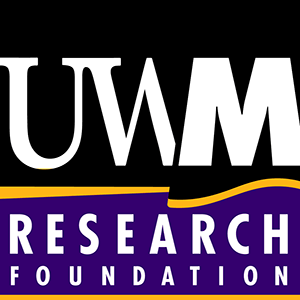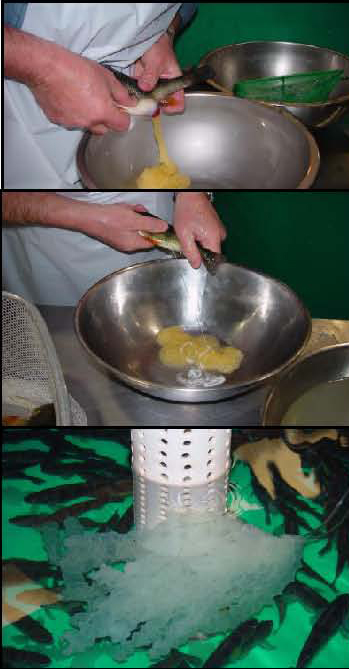
OTT1104
Applications
Out-of-cycle spawning broodstocks of yellow perch can be developed to produce gametes every 2-3 months.
Target Problem(s)
Current culture strategies for yellow perch are too dependent on wild populations as sources of eggs and fingerlings for grow-out. Essentially there are no commercially available domesticated broodstocks of this species.
Key Features
- More Crops – Gametes can be produced every 2-3 months rather than once a year
- Year round supply – Perch can be conditioned to spawn any time during the year
- Safer – The process does not involve hormones or chemicals to induce spawning
- Healthy – Yellow perch are low in fat and calories and high in protein and omega-3 fatty acids
- Toxin free – Fish are reared in clean water and fed a controlled diet to ensure safety
- Flexibility – Large holding facilities can be scaled down due to constant year-round production
- Domesticated Broodstocks – Selected for growth and health attributes
Technology
Dr. Fred Binkowski has developed a process that involves conditioning yellow perch using methods which included the modification of water temperature and photoperiod regimes to spawn anytime on the 12-month calendar once sexual maturity is reached. Although each particular broodstock will still only spawn one time each year, this process allows production of multiple broodstocks that each spawn at different times. Having yellow perch gametes available this often creates an economic advantage by producing a valuable resource throughout the year.
Current practice limits production of young fish for grow-out to a single annual crop that would be available in late spring through early summer. Unfortunately, with a single annual crop rearing pattern, aquaculturists have to invest in large holding facilities which are required toward the latter months of the rearing cycle to support the increased biomass of the crop. With a seasonal synchronization of production of market-sized perch, oversupply at harvest time could result in undesirable effects on price, which this technology remedies by spreading production over time.

